How a “Can Do” Culture Contributes to SIF Prevention: A Perspective from the Utilities Sector
Over the last 5 years, I’ve had the pleasure of working with amazing organizations in the Utilities sector. I’ve interacted with some of the most hard-working people there are – especially during storm restoration – who work tirelessly in all kinds of weather conditions to get the power back on. Although you might think that…


